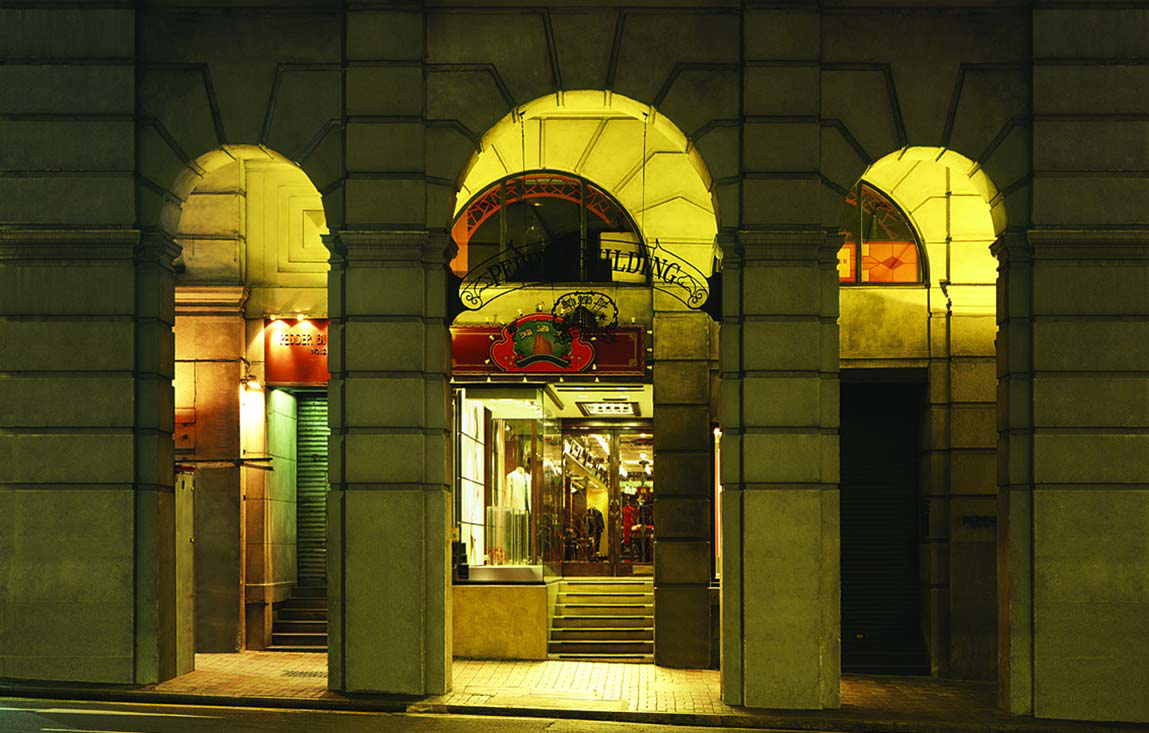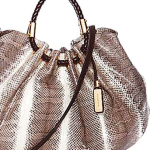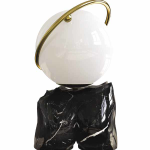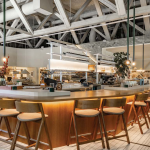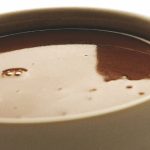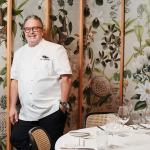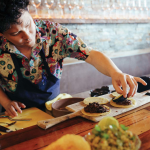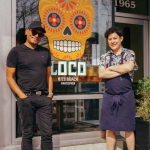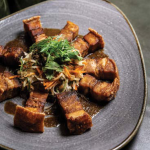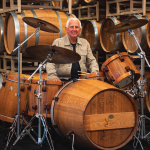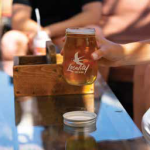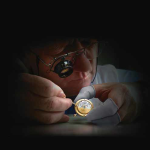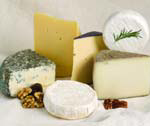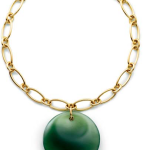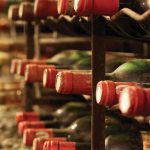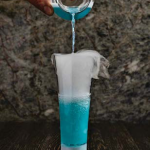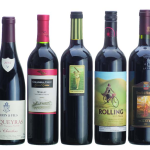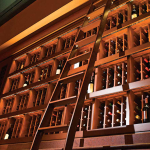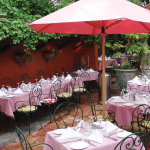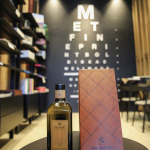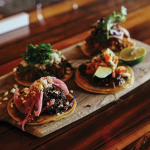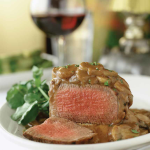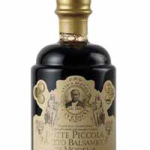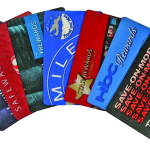
Shopping, living and eating in the Pearl of the Orient
I’m often asked where I come from and I’m very proud of the answer. Although my original home is geographically small, it is home to over seven million people and is one of the world’s most vibrant, modern cities: I’m talking about the Pearl of the Orient, Hong Kong. In this and future issues of Brian Jessel magazine, I’m going to give you my take on how Hong Kong locals eat and shop, and share what I think are the best places to do both—because Hong Kong natives are passionate about gourmet food, the latest fashions, luxurious cars and living with style!
Sponsored Ads
Shopping
Two famous Chinese expressions capture perfectly the Hong Kong view of personal style: and . The first means that appearance counts for so much, you’re likely to be judged by your outfit before your personality; the second is kind of like the English expression “the clothes make the man”—how you dress is hugely important in determining the impression you make on others.
This emphasis on style and image might account for the fondness many Hong Kongers have for global luxury brands. Louis Vuitton, Chloe, Prada and MiuMiu bags can be found on the arms of many of the city’s style-conscious women, although the Hermes Birkin bag (which can cost up to $30,000 CDN for a crocodile or ostrich leather version) is among the most coveted. When limited-edition Birkins are on offer, Hong Kong’s Hermes stores will sell out of them immediately. Should luxury goods be on your agenda when you visit Hong Kong, the Central and Admiralty areas offer the motherlode of flagship retailers, from Armani to Zegna.
Many of these stores have been dramatically reinvented in recent years, the latest of which is the Gucci flagship store next to the Landmark Mandarin Oriental hotel. The Chater House building contains several options if Armani is what you’re after: Armani Casa, Fiori and Dolci are three separate venues offering the brand’s signature take on fabulously expensive home furnishings, glorious flower arrangements and even luxury food products.
Across Pedder Street and facing the Landmark Mandarin Oriental is the gracefully aging Pedder Building, in which you’ll find an array of clothing outlets and chic niche boutiques. Spread over the first two floors is the landmark Hong Kong retailer Shanghai Tang; opened in 1994, it offers brilliantly hued silks for all occasions, from gowns and figure-hugging cheongsams to jackets and pajamas. It’s hard to walk in the store without picking something up—never mind the wallet!
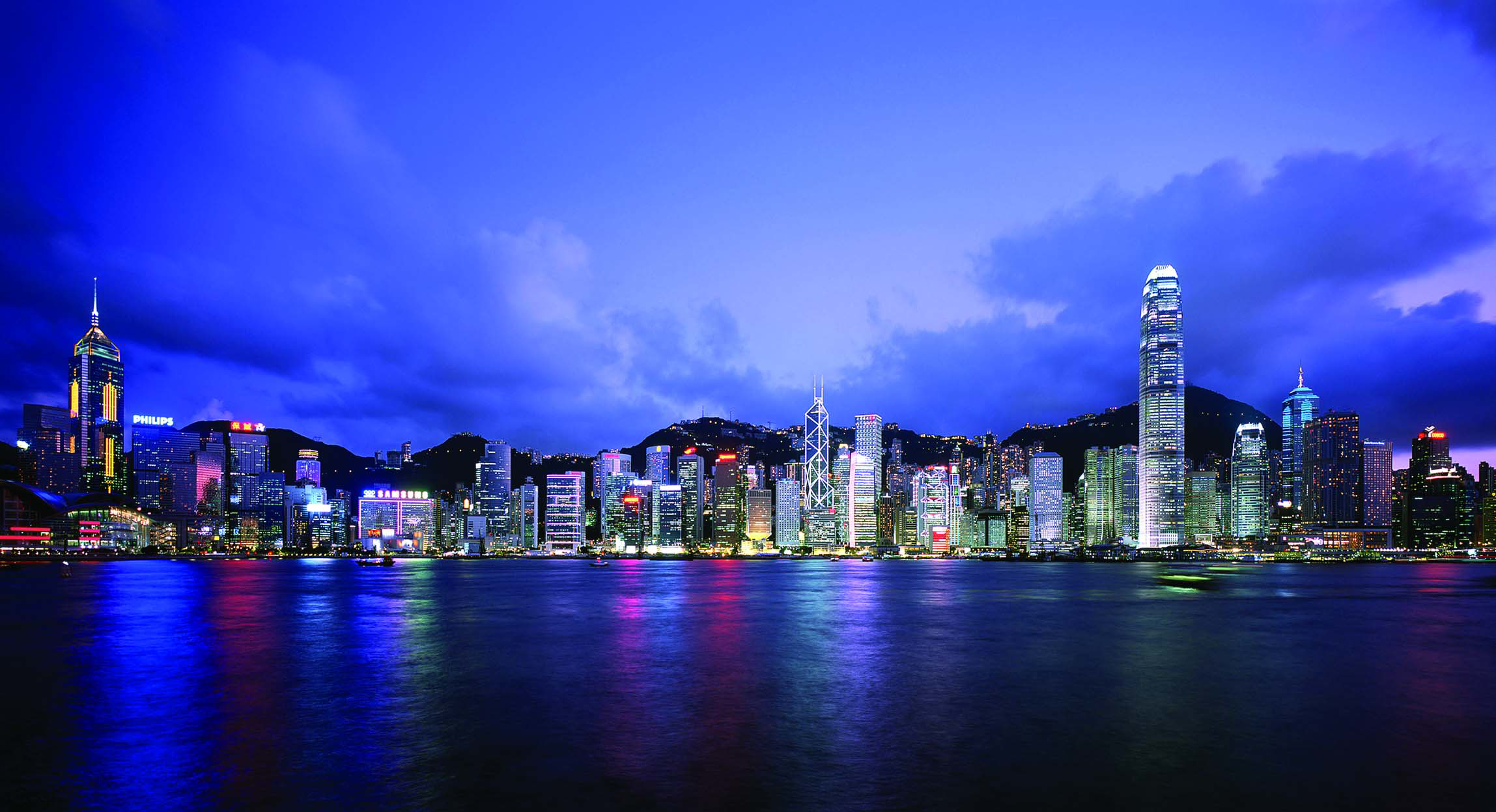
Nearby on Queen’s Road Central, a recent addition is a brand new, five story Harvey Nichols. This venerable British retailer offers a huge range of luxury brands, competing with the famous Joyce Boutique across the road. One of Hong Kong’s most popular malls, Pacific Place, can be found in the Admiralty area. It is accessible, busy and well-stocked with more designer labels than you can shake a stick at. There is also a large Lane Crawford store and a Seibu department store.
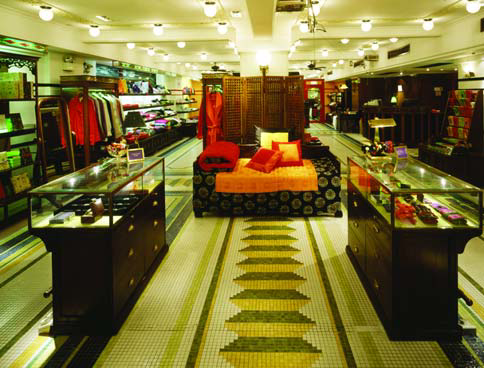

Dining
Hong Kong is a city of enormous energy and activity, particularly when it comes to dining. A very popular Hong Kong expression is ; it literally means Chinese people will make eating their first priority, above everything else! Some of my favourite Hong Kong specialties include pan-fried bird’s nest in scrambled eggs; double boiled shark’s fin with bamboo piths; and braised whole Ouma abalone with oyster sauce. Bird’s nest is a traditional dish; rich in protein, it has nourishing and regenerative qualities and is said to be particularly beneficial for women. Good quality bird’s nest has fine, translucent strands and a delicate flavour with a hint of egg white. It absorbs flavour very well and is excellent cooked in Kim Wa ham stock or in desserts. Shark’s fin is one of four dishes—including abalone, sea cucumber and fish maw— that symbolize prestige and luxury and can always be found at a traditional Chinese banquet.
High quality shark’s fin is made up of needle-like fibres which ought to be thick, long, golden and translucent, with a smooth, soft texture that exhibits slight resistance when you bite into it. The preparation of shark’s fin involves hours of intense labor as it is soaked and cleaned in several cycles before being boiled,
double boiled and then braised in Kim Wa ham, chicken and pork stock. Shark’s fin is not only rich in protein and collagen but is said to help maintain blood pressure, benefit the internal organs and most of all, preserve youth. For centuries Chinese women, including the Empress Dowager, have eaten shark’s fin in order to maintain their beautiful complexions
Sponsored Ads
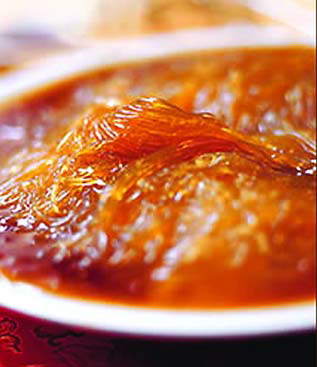

High quality shark’s fin is made up of needle-like fibres which ought to be thick, long, golden and translucent, with a smooth, soft texture that exhibits slight resistance when you bite into it. The preparation of shark’s fin involves hours of intense labor as it is soaked and cleaned in several cycles before being boiled, double boiled and then braised in Kim Wa ham, chicken and pork stock. Shark’s fin is not only rich in protein and collagen but is said to help maintain blood pressure, benefit the internal organs and most of all, preserve youth. For centuries Chinese women, including the Empress Dowager, have eaten shark’s fin in order to maintain their beautiful complexions. Though shark’s fin is a nourishing food, it is very difficult to prepare. In Chinese cooking, four different shark fins are often used the dorsal fin (considered the best quality); two side fins (medium quality); the bottom fin (lower quality); and the tail fin (good quality).
The fin itself does not have any flavor and needs to be simmered in chicken, duck, dried scallop or pig foot broth and seasoned with scallions, ginger, salt and rice wine for between five to seven hours. Two of my favourite restaurants in Hong Kong are Fook Lam Moon and Fu Lam; the chefs at the former are particularly good at creating dishes featuring shark’s fin, including shark’s fin soup. This soup is always kept hot at the table with an open-flame heater; if allowed to cool, its flavours diminish. But when it’s cooked just right, shark’s fin soup is incredibly tender, savoury and delicious. Finally, abalone: one of the most expensive dried ingredients in Chinese cuisine. High quality abalone should have an intensely unique taste and be chewy at its core.
The most popular method of cooking abalone is to braise it in its own rich sauce, accompanied by braised fish maw or sea cucumber. Abalone is also said to have and youth-maintaining effects, and can also balance the blood pressure and brighten the eyes. In our next issue I’ll be sure to share more exotic dishes I’ve enjoyed in Hong Kong and touch on a subject most women can’t get enough of: diamonds!
